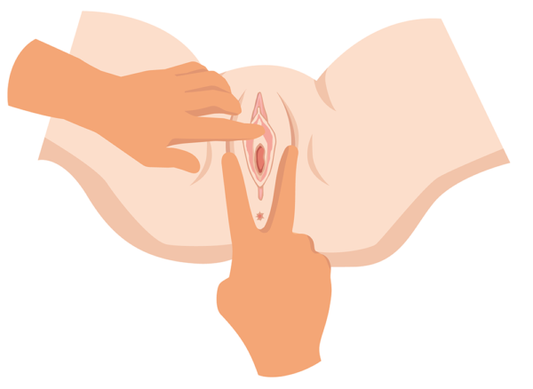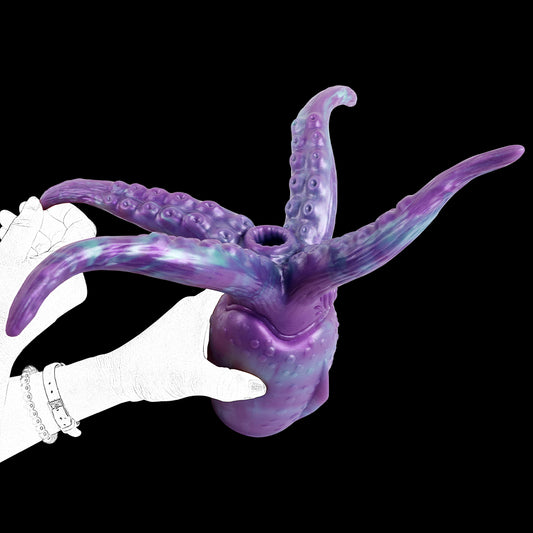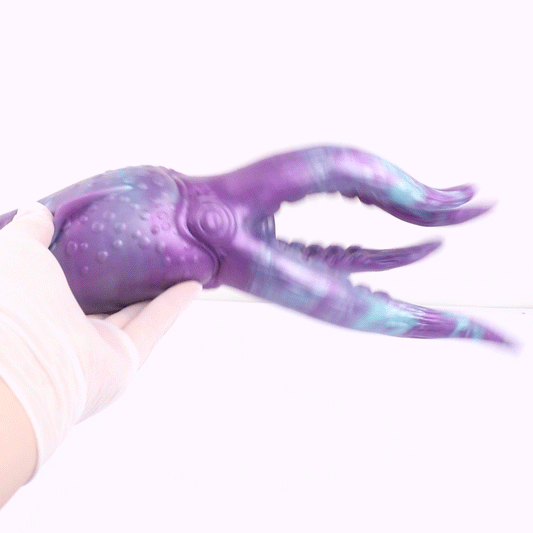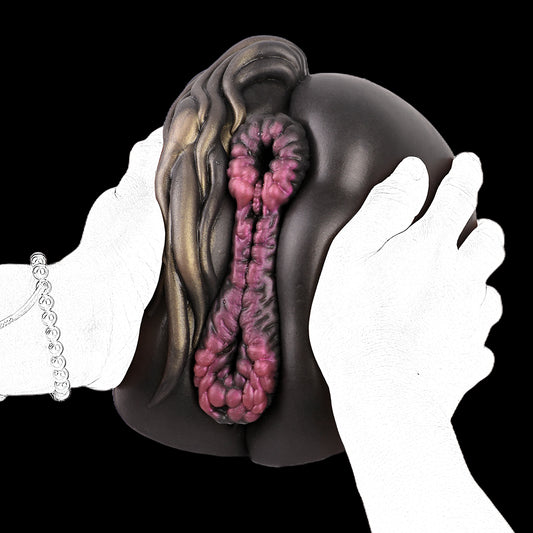
What is Allosexuality.
Sexual orientation is a complex and multifaceted aspect of human identity, encompassing a broad spectrum of experiences and attractions. Among these is "allosexuality," a term that may not be as widely recognized as others, yet it plays a crucial role in the conversation about sexual diversity.
Allosexuality refers to individuals who experience sexual attraction to others. Unlike asexuality, where a person may have little to no sexual attraction to others, allosexual individuals experience varying degrees of sexual desire. The term is inclusive, covering anyone who is not asexual, and it underscores the diversity within sexual orientation that goes beyond the binary understanding of heterosexuality and homosexuality.
Allosexuality challenges the assumption that sexual attraction is a universal experience. By recognizing allosexuality, we can better understand the full spectrum of sexual orientations and avoid marginalizing those who do not fit into conventional categories.
Allosexuality in the Context of the Sexual Orientation Spectrum
Sexual orientation exists on a spectrum, with allosexuality and asexuality at opposite ends. However, this spectrum is not a rigid line but rather a fluid and dynamic continuum. Individuals may experience different levels of sexual attraction at different times in their lives, and their orientation may evolve over time.
Within the allosexual umbrella, there are numerous other orientations, including heterosexuality, homosexuality, bisexuality, pansexuality, and more. Each of these identities represents a unique experience of sexual attraction, yet they all share the commonality of experiencing some form of sexual desire.
The fluid nature of sexual orientation highlights the importance of recognizing and respecting each individual's experience. As society becomes more accepting of diverse sexual orientations, the language we use to describe these identities must also evolve to reflect this inclusivity.
The Intersection of Allosexuality and Gender Identity
Sexual orientation and gender identity are distinct yet interconnected aspects of a person's identity. Allosexuality can intersect with various gender identities, including cisgender, transgender, non-binary, and genderqueer individuals. Each of these identities can shape how a person experiences and expresses their allosexuality.
For example, a transgender woman who identifies as allosexual may experience her sexual attraction differently from a cisgender woman. Similarly, non-binary individuals may find that their experience of allosexuality is influenced by their gender identity in ways that differ from binary-identifying people.
Understanding these intersections is vital for fostering a more inclusive and supportive environment for all individuals, regardless of their sexual orientation or gender identity.
Societal Perceptions of Allosexuality
Society's understanding of sexual orientation has often been limited by heteronormative assumptions. These assumptions can lead to the marginalization of identities that do not conform to traditional norms, including allosexuality.
The lack of awareness and discussion about allosexuality can result in a lack of representation and understanding. This can have real-world consequences, such as inadequate sexual education that fails to address the needs of allosexual individuals. By expanding our understanding of sexual orientation to include allosexuality, we can create a more inclusive and comprehensive approach to sexual health and education.
Moreover, the media plays a significant role in shaping societal perceptions of sexual orientation. Representation of diverse sexual orientations, including allosexuality, in media can help normalize these identities and reduce stigma. However, this representation must be accurate and respectful, avoiding stereotypes that can perpetuate misinformation and harm.
Challenges Faced by Allosexual Individuals
While allosexuality is a widely experienced orientation, individuals who identify as allosexual may still face challenges in a society that often prioritizes certain sexual orientations over others. These challenges can include stigma, discrimination, and misunderstandings about their sexual desires and behaviors.
For instance, allosexual individuals who identify as bisexual or pansexual may face biphobia or panphobia, which can manifest in both LGBTQ+ and heterosexual communities. These individuals may be wrongly accused of being "confused" or "indecisive" about their sexual orientation, leading to feelings of invalidation and exclusion.
Additionally, allosexual individuals may encounter issues within relationships, particularly if their partner has a different orientation or level of sexual desire. Open communication and mutual respect are essential in navigating these differences and ensuring that both partners' needs are met.
Moving Forward: The Importance of Inclusivity
To foster a more inclusive society, it is crucial to recognize and validate the experiences of allosexual individuals. This includes providing comprehensive sexual education that addresses the diverse experiences of allosexuality, as well as promoting accurate and respectful representation in media and public discourse.
Furthermore, creating spaces where individuals can openly discuss their sexual orientation without fear of judgment or discrimination is vital for the well-being of all individuals, regardless of their sexual orientation. By embracing the diversity within the allosexual spectrum, we can work towards a more inclusive and understanding society.
Final Thoughts
Allosexuality is an essential aspect of the broader conversation about sexual orientation, representing the diversity of human experience in terms of sexual attraction. By understanding and acknowledging allosexuality, we can expand our comprehension of sexual diversity and move towards a more inclusive society. It is through these conversations that we can challenge stereotypes, reduce stigma, and create a world where everyone feels seen, heard, and respected.
References
- Bogaert, A. F. (2015). Asexuality: What It Is and Why It Matters. Journal of Sex Research, 52(4), 362-379.
- Decker, J. (2015). The Invisible Orientation: An Introduction to Asexuality. Skyhorse Publishing.
- Stryker, S. (2017). Transgender History: The Roots of Today’s Revolution. Seal Press.
- Barker, M., & Scheele, J. (2016). Queer: A Graphic History. Icon Books.





























